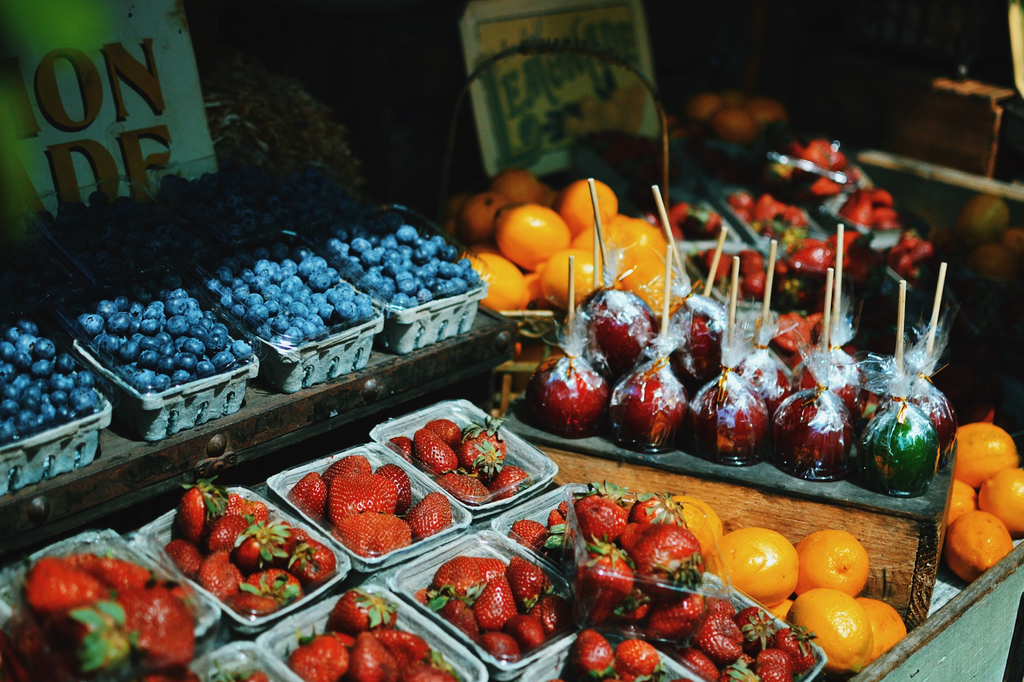Imagine picking up a bag of your favorite chips from the grocery rack, then noticing a new brand of snacks stacked right next to it. Both brands feature the same ingredients and the same flavor, but the newer one has the additional claim of having “reduced fat.” The catch, though, is that it is packaged less appealingly. Do you try it out, or rely on your usual choice?
Sadly, the average grocery shopper rarely checks food labels. Studies show that only a small percentage of people look at the nutritional information printed on their grocery items, as the rest are drawn more by a product’s branding and whatever looks “healthier.”
Brian Wansink, director of Cornell University’s Food and Brand Lab, says consumers tend to “make snap judgments based on dubious health claims but, ultimately, meaningless language.” The most common claim is the “natural” label that plenty of food manufacturers abuse, but what is natural, really? The same goes for products labeled as “lite” or “healthy.”
[blockquote pull=”center”]“Farm-fresh, straight-from-the-dirt” produce doesn’t exist in absolute form. These so-called natural items claim to “contain no artificial ingredient or added color and are only minimally processed,” but they are typically sold among food products that were manufactured using genetically modified organisms and artificial content.[/blockquote]
According to the latest regulations from the US Food and Drug Administration (USFDA), these terms can be based on a product’s fat content. This is why a box of cookies made with artificial sweetener can be labeled as “healthy” compared to a can of nuts high in fat. One recent publicized dispute, however, made the USFDA re-think its definition, a move that would soon urge the food manufacturing industry to implement changes in their packaging.
Misleading products
Overall, marketers coming up with ways to lure buyers through language remains a pressing issue. Terms such as “gluten-free” and “organic” are also being thrown around a lot these days—even tacked onto a mere power bar, for example, that is still basically junk food. Wansink says even if junk food is labeled as healthy, it is still junk. He has also discovered that this marketing phenomenon creates a “health halo” among consumers: lulled by the impression that they’re eating something that is marketed as healthy, a consumer tends to eat more, believing there won’t be much drawback.
“Farm-fresh, straight-from-the-dirt” produce doesn’t exist in absolute form. These so-called natural items claim to “contain no artificial ingredient or added color and are only minimally processed,” but they are typically sold among food products that were manufactured using genetically modified organisms and artificial content. The wiser option would be authentically organic produce.

Ingredients as basis
The Nutrition Facts panel plastered on products is also rarely accurate. The USFDA allows food manufacturers to use averages for calorie count, salt content, and fat grams by as much as 20 percent. In this case, avoiding packaged foods is still the wisest choice, and products that state only their list of ingredients instead of their nutritional value are still the safest best. Multi-grain snacks, after all, aren’t as healthy as they pose to be, as some baked goods simply use multiple versions of unhealthy, refined grains in their recipes; opt instead for the “100 percent whole grain” claim, which the USFDA regulates.
Self-check
Perhaps the most common fallacy would be the best-by dates. These ubiquitous dates are set by food companies based on when they think a product would still be safe for ingestion, but these are not backed up by any scientific standards. To avoid wasting products, be keen instead in analyzing food odor, texture, and quality as they are more reliable indicators than those prescribed dates.
Eating unprocessed food is still the best way to go, but it is understandably difficult to follow all the time. The next best thing to do is to follow this rule of thumb: the fewer the ingredients a product has listed, the better.
This story was originally published in Northern Living, March 2017.













































